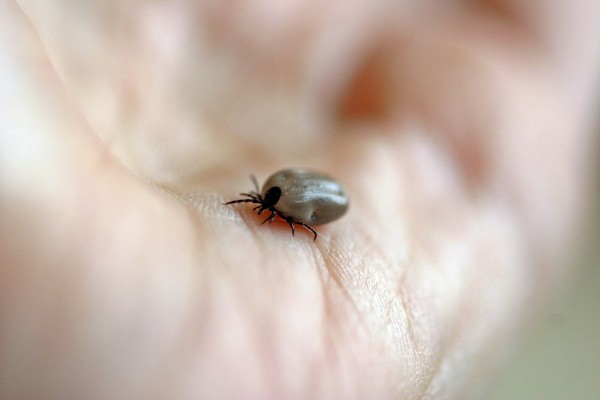Growing Concern for Congo Fever in the Maharshtra’s Palghar District
Palghar district collector, Dr. Manek Gursale, has raised an alert regarding the presence of the deadly Crimean Congo Hemorrhagic Fever (CCHF), or Congo Fever. With India, Maharashtra has recorded the highest number of COVID-19 cases, and people constantly struggling to fight against this viral disease, another disease has now become a growing cause of concern for them.
Dr. Gursale has advised cattle breeders, animal husbandry officials, and meat and poultry sellers to remain on high alert and take necessary precautions to prevent disease transmission. Congo fever is transmitted from one animal to another through ticks and when humans came in contact with the blood of the infected animal or consumed its meat, they can easily contract the disease.
As there is no vaccine available against congo fever for either humans or animals and it has a high mortality rate of between 10-40%, Gursale has ordered all meat sellers to practice proper hygiene, spraying of insecticides, and use of protective gear like gloves, gumboots, and masks. Proper checking of animals arriving in Maharashtra has also been instructed especially those coming from nearby Valsad district, as there are infected cases detected in this area.
District civil surgeon, Dr. Kanchan Vanare, said that there were no cases reported in Palghar as of this date.
READ ABOUT: Dancing Eyes Is a Medical Condition: How Rare Is It?

Crimean-Congo Hemorrhagic Fever
World Health Organization defined Crimean-Congo hemorrhagic fever as a viral hemorrhagic fever transmitted by ticks. According to Vanare, little is known about this disease but it is believed to be spread through the Hyalomma tick. This kind of tick feeds on the flesh and blood of infected cattle and consuming the meat of the infected animal will result in symptoms of high fever, headaches, body malaise, nose bleeding, stomach pains, and red eyes.
According to the Centers for Disease Control and Prevention, as the illness progresses, the injection sites will display large areas of severe bruising or even uncontrolled bleeding which usually starts on the fourth day of illness and lasts for about two weeks. The fatality rates among those infected and hospitalized patients ranged from 9% to as high as 50%.
Congo fever was first characterized in Crimea in the year 1944 and was known as Crimean hemorrhagic fever. Later in 1969, scientists recognized the pathogen responsible for causing Crimean hemorrhagic fever is the same as the one that caused the illness in Congo hence the current name of the disease.
As the long-term effects of CCHF infection have not been thoroughly studied to determine whether or not there are specific complications among survivors, however, recovery for this disease is slow. Treatment is mainly supportive such as correction of electrolyte imbalances, oxygen, and hemodynamic support, as well as prevention and treatment of secondary infections.
There has been an inactivated, mouse-brain derived vaccine against CCHF that has been used in Bulgaria since 1974. However, this is not a viable option for global use due to safety concerns and lack of efficacy trials.
MORE ON: Unexpected Stem Cell Discovery Could Treat Placenta Complications
Check out more news and information on Congo Fever on MD News Daily.
Sep 30, 2020 08:20 AM EDT





